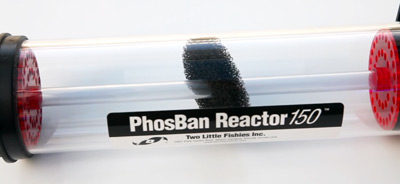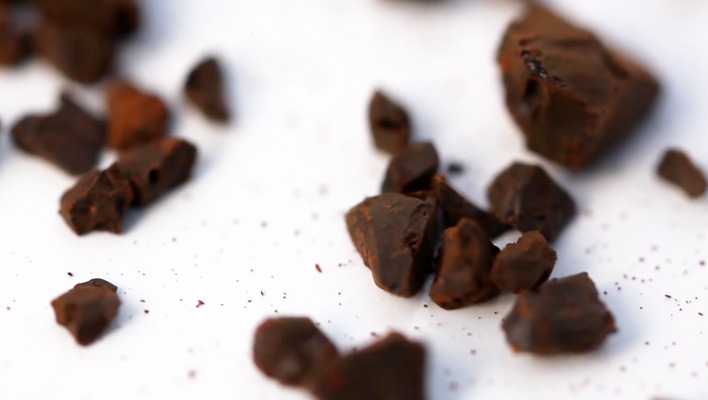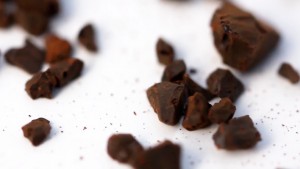Q: I’m thinking about using GFO in my reef tank, but this product is new to me, so I have a few questions before I go ahead and buy it: Does GFO really do a good job of lowering nitrate and phosphate? Can I just put this product in a media bag and place it in my tank? Also, I’ve heard that dust from the GFO can end up all over your tank if you’re not careful. Is that true? If so, how can I prevent that from happening? Thanks!
-Submitted by Sarah Mercer
A: Thanks for your questions, Sarah! Let’s shine a little light on them one at a time. First, you mention that you’re considering using GFO, or granular ferric oxide, to lower nitrates and phosphates in your reef system. You should be aware that this product will not remove nitrates, so you’ll have to use other means to achieve that. It can, though, do a good job of lowering phosphates, which can help limit undesirable algal growth while promoting better coral growth in your aquarium.
With respect to your question about putting the GFO in a media bag somewhere in your system, the answer is, yes, you can do that provided you put the bag in a high-flow area. However, that’s not the most efficient approach to using this product. A much better alternative is to place the GFO in a reactor in order to maximize flow and the contact time between the water and media.
With this method, aquarium water is pumped through a tube into a cylindrical chamber containing the GFO and then flows out of the reactor and back into the system through a second tube. The flow rate into the reactor is adjusted so the GFO tumbles very, very gently—just enough to prevent it from clumping together into a solid block (which will happen if there is no tumbling whatsoever). Usually these reactors are placed in or adjacent to a sump.

As far as GFO dust is concerned, a few simple steps will prevent it from being discharged into your reef system. First, any time you put fresh GFO into your reactor, you need to run some aquarium water through it (with the return tube placed in a bucket or other receptable) until it runs clear, indicating that all those dusty fines have been rinsed out.
Spending the extra cash for higher-density pelletized GFO versus the less costly granular product will also help reduce the likelihood of discharging fines into your system. This product tends to be less dusty to begin with and rinses clean much faster than standard granular GFO. While the denser product is significantly more expensive by volume, you don’t need to use as much of it to get the same results compared to the cheaper product, so it’s almost a wash from a cost standpoint.

Finally, as I alluded earlier, make sure the flow rate through your reactor isn’t so high that the GFO tumbles too vigorously. GFO is a relatively hard substance—compared, for example, to activated carbon—but it can still produce dust if it continuously grinds against itself. So, to reiterate, adjust the flow into the reactor such that it allows the media to tumble very gently.
With all that said, keep in mind that GFO should not be considered a substitute for good aquarium maintenance habits. You still need to stay on top of those routine water changes (though the use of GFO and other media might allow you to space them out a bit farther), feed your fish and corals judiciously, etc.



